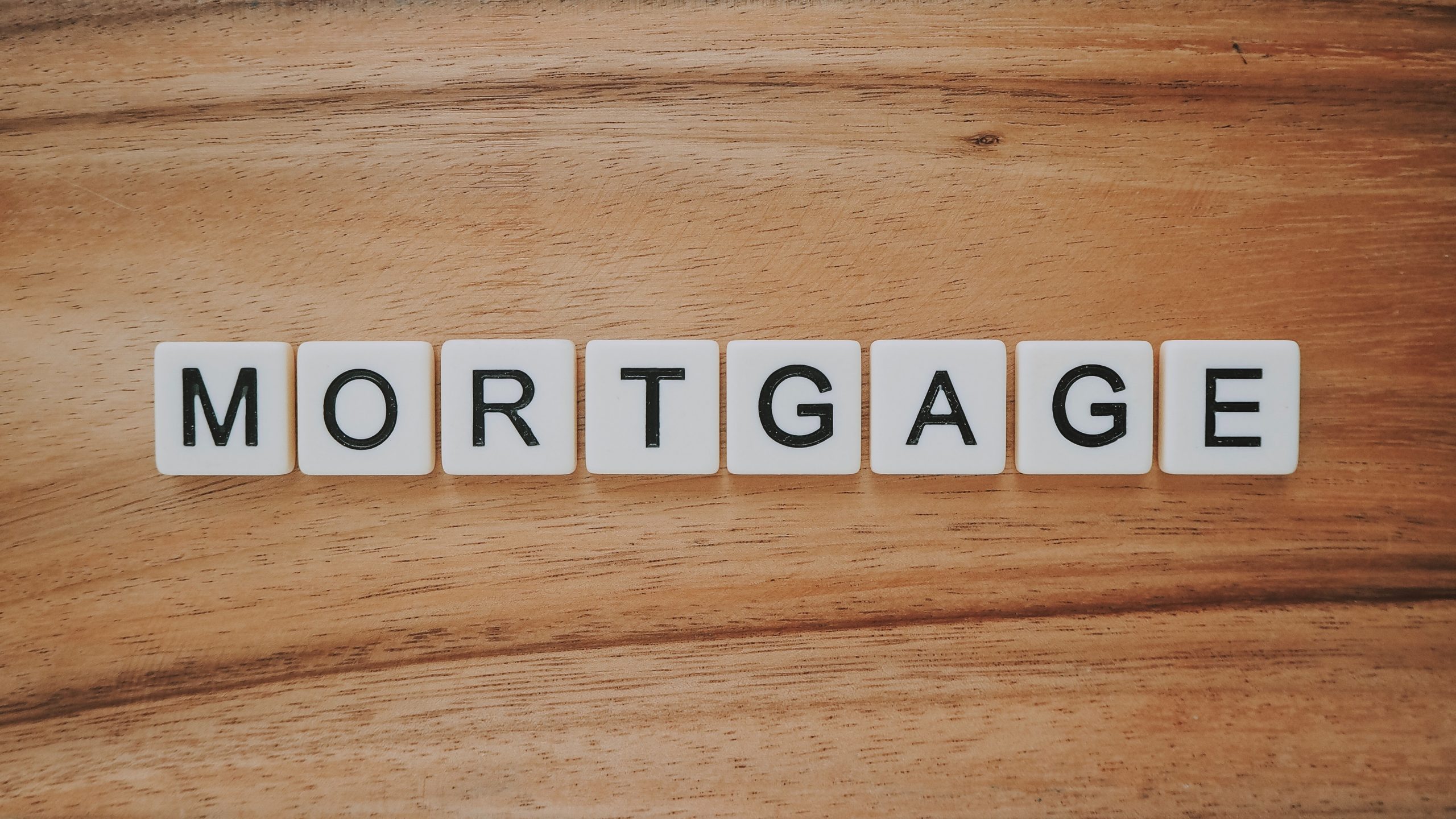Navigating the mortgage process can feel overwhelming, but breaking it down into steps can make…

Mortgage Outlook: A Light Lift to September Rates
September mortgage rates forecast
The interest rate on the most popular mortgage has fallen to record lows for three months in a row. That streak might snap in September.
The 30-year fixed-rate mortgage averaged 3.08% in August, down from the average of 3.18% in July and 3.33% in June. Fixed mortgage rates have fallen more than three-quarters of a percentage point in a year, motivating many homeowners to refinance.
It’s possible that mortgage rates will continue to drift downward in September, but several forces could combine to halt the slow-motion slide and maybe cause them to rise:
- A sizzling pace of home sales.
- The Federal Reserve’s friendly wave to higher inflation.
- The risks that lenders face because of the recession.
Let’s step through the effects these three factors could have on mortgage rates.
Home sales are staging a comeback
The COVID-19 economy has affected Americans unequally. Millions of workers have lost their jobs, temporarily or permanently, and July’s unemployment rate was 10.2%. But low mortgage rates have accompanied the recession. And record-low rates make homes more affordable for people who can qualify for mortgages: those who didn’t lose their incomes and were able to keep paying their bills on time.
Those people have been on a homebuying spree. Stay-at-home orders led to a dip in home sales in spring, followed by a rebound in summer. In July, 78,000 new homes were sold, the biggest month since May 2007; and 597,000 existing homes were resold, the highest figure since June 2017.
All of that homebuying depleted the inventory of homes for sale. According to the U.S. Census Bureau, 299,000 new homes were for sale at the end of July, compared with 325,000 a year earlier. And according to the National Association of Realtors, 1.5 million existing homes were on the market for resale at the end of July, compared with 1.9 million a year earlier.
How this could push rates higher: The law of supply and demand applies to mortgage rates just as it applies to house prices. With so many people applying for mortgages to buy homes or refinance their current home loans, lenders can keep rates about the same or even raise them a little.
» MORE: How mortgage rates are determined
The Federal Reserve changes course on inflation
The Federal Reserve has long sought to keep the inflation rate around 2% over the long run. That’s considered the Goldilocks inflation rate, promoting a “just right” balance between purchasing power and employment. But the Fed’s favorite inflation index has touched 2% in only 13 of the last 120 months.
When inflation averages less than 2%, households and businesses come to expect it to stay that low, Fed Chair Jerome Powell said in a speech Aug. 27. With that, Powell announced a change in longstanding Fed policy: After inflation runs below 2% for a while, “appropriate monetary policy will likely aim to achieve inflation moderately above 2% for some time.”
Powell was signaling that the central bank will stand by if inflation eventually rises a bit above 2% and stays there for a few months. This means the Fed won’t be hasty to raise interest rates when inflation ticks slightly higher someday.
How this could push rates higher: Mortgage rates respond to long-term inflation expectations. So the prospect of the Fed countenancing slightly higher inflation in the future could cause mortgage rates to rise a little. Yields on long-term bonds went up after the Fed made its announcement, and mortgage rates tend to move in the same direction as long-term bond yields.
New fees are planned to offset COVID-19 costs
Coronavirus-related layoffs and furloughs have had an impact on the mortgage business. Millions of homeowners have sought temporary relief from making their full mortgage payments. But mortgage forbearances are costly to Fannie Mae and Freddie Mac, the government-sponsored companies that buy and securitize about half of mortgages. The companies guarantee payment of principal and interest on mortgage-backed securities, so they’re ultimately on the hook if those forbearances turn into foreclosures.
To offset those losses, the Federal Housing Finance Agency, which oversees Fannie and Freddie, ordered them to start charging an “adverse market refinance fee” on most mortgage refinances. The fee, which goes into effect Dec. 1, 2020, amounts to 0.5% of the loan amount, or $1,500 on a $300,000 mortgage.
How this could push rates higher: Instead of expecting borrowers to pay the fee upfront as a closing cost, some lenders will raise rates on refinance mortgages instead, by 0.125% or less.
» MORE: What COVID-19 means for mortgage rates
These factors add up
Alone, none of the above three factors — vigorous home sales, the Fed’s friendlier attitude toward inflation, and the new refinance fee — will shove overall mortgage rates much higher. But combined, they could exert a gentle upward push.
More from NerdWallet


